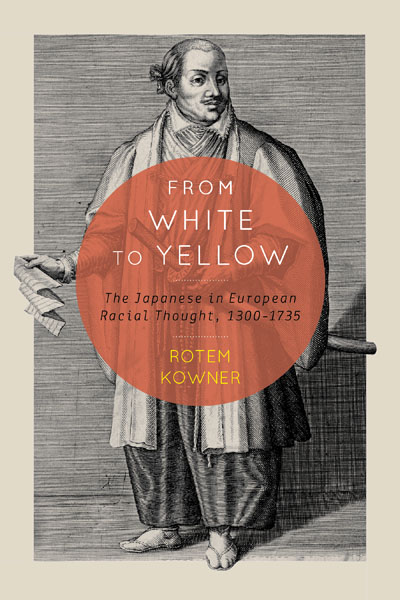The Pleasures of Taxonomy: Casta Paintings, Classification, and ColonialismPosted in Articles, Arts, Caribbean/Latin America, History, Media Archive on 2016-08-22 23:59Z by Steven |
The Pleasures of Taxonomy: Casta Paintings, Classification, and Colonialism
The William and Mary Quarterly
Volume 73, Number 3, July 2016, 3rd series
pages 427-466
Rebecca Earle, Professor
School of Comparative American Studies
University of Warwick, Coventry, United Kingdom
A new model for thinking about the socioracial categories depicted in casta paintings (remarkable eighteenth-century Spanish American images representing the outcome of “racial mixing”) takes seriously both their fluidity and their genealogical character. Approaching classification, and casta paintings, from this direction clarifies the underlying epistemologies that structured colonial society and helps connect the paintings more explicitly to the debates about human difference that captivated Enlightenment thinkers. Ultimately, however, these paintings were produced and collected in the hundreds not simply because they visualized Atlantic debates about classification and human difference but because these visualizations were interesting and pleasant to contemplate. They agreeably roused the pleasures of the imagination via their taxonomic as well as their narrative power. Linking casta paintings to the importance accorded to pleasure in both the scientific and the colonial imagination helps explain their fascination, which derived from their ability to condense the complex interconnections of classification, colonialism, and sexuality into appealing images.
